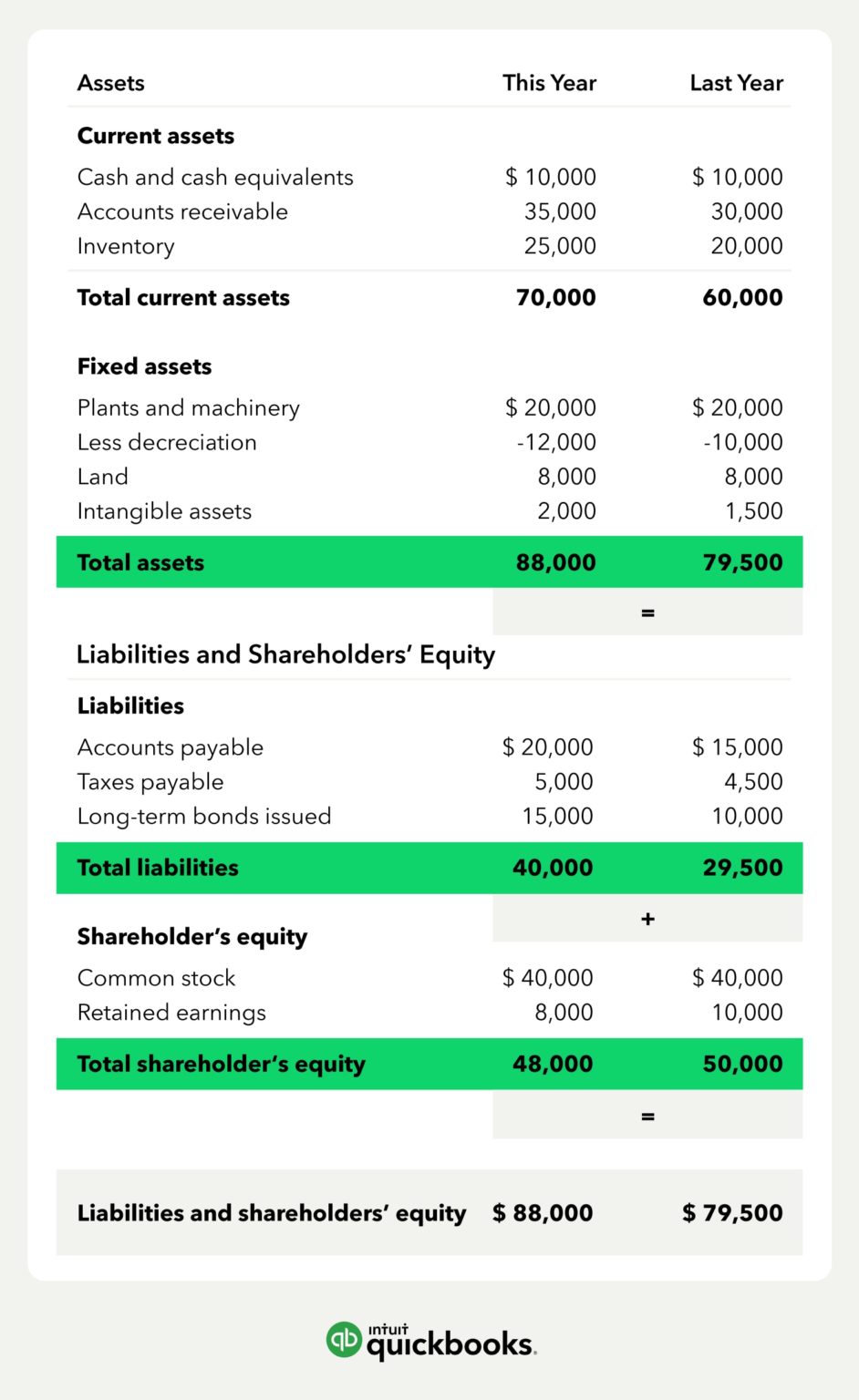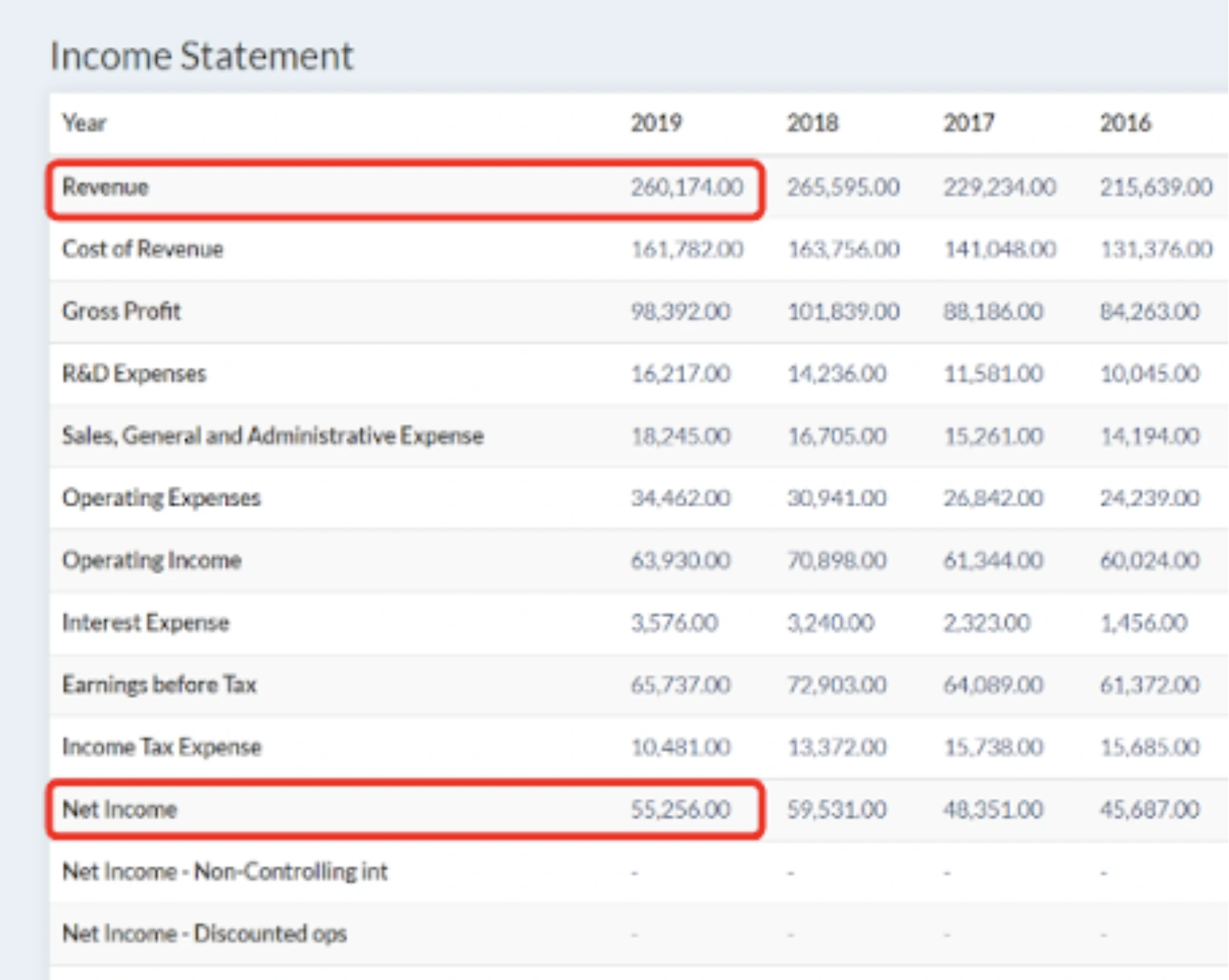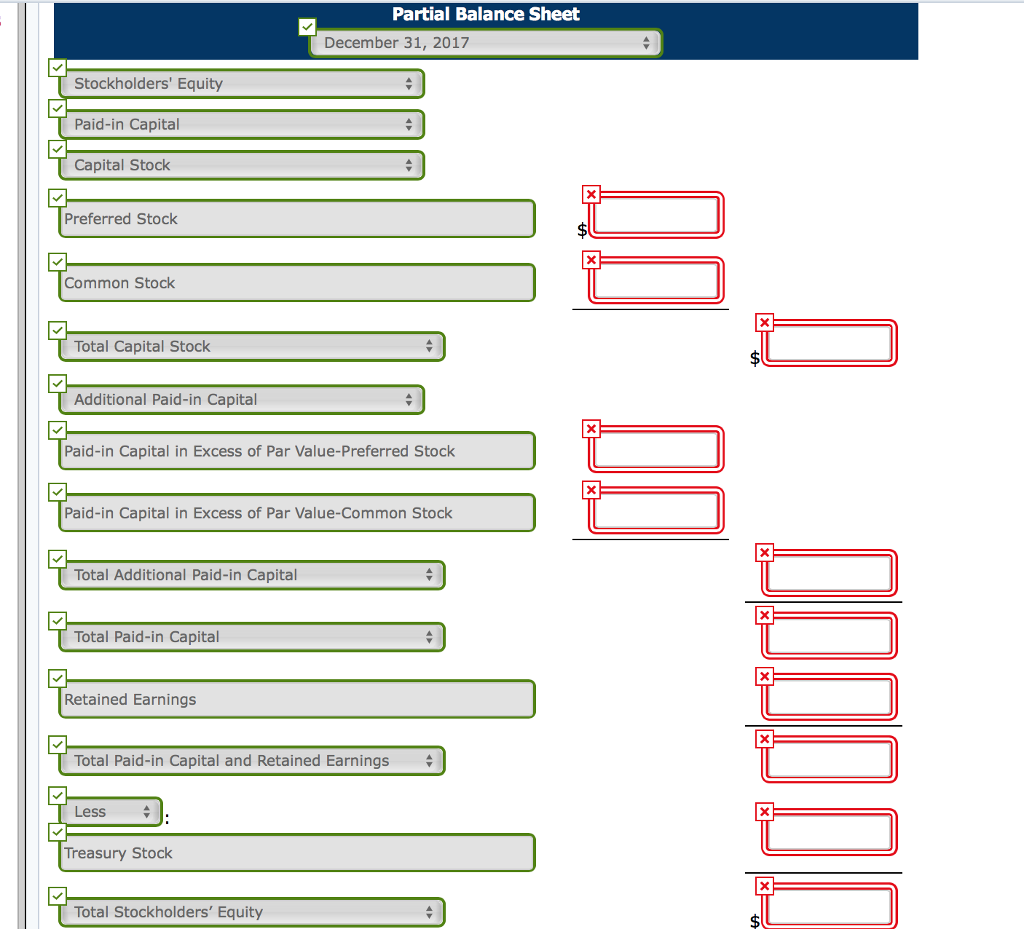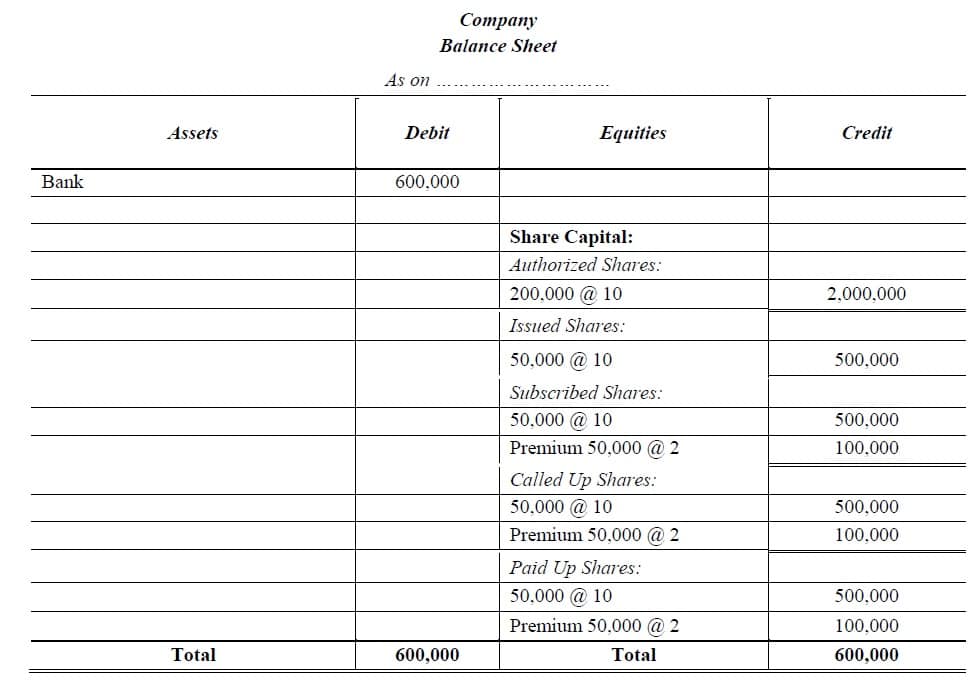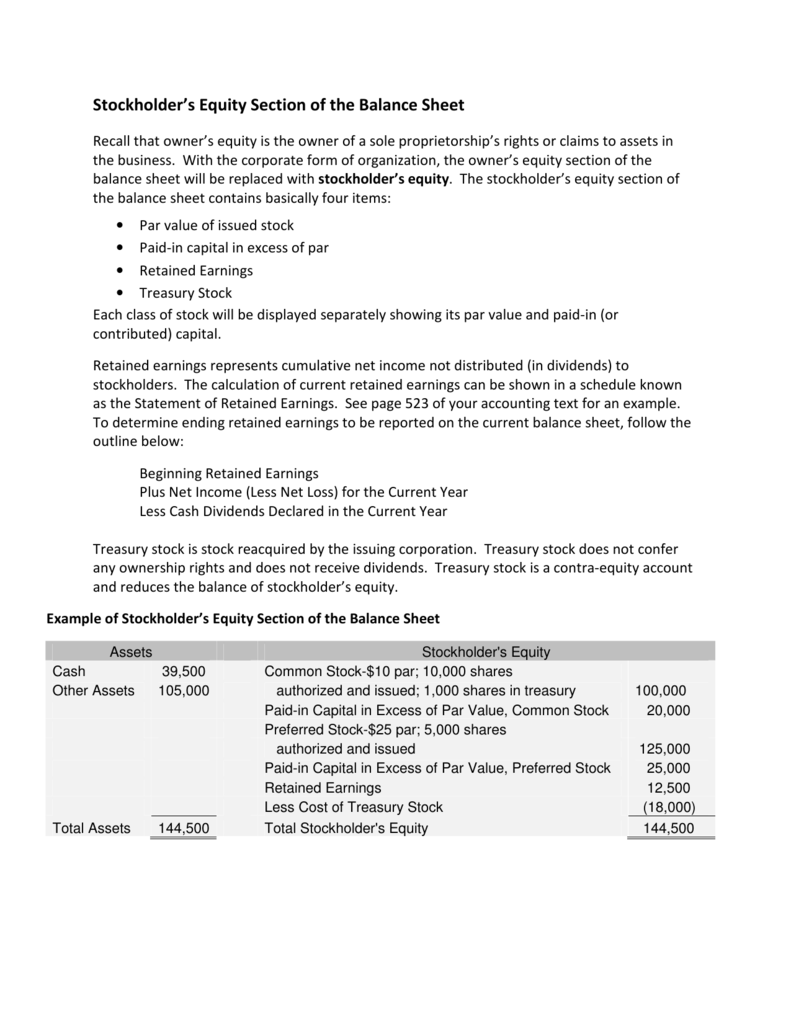Build A Info About Equity On The Balance Sheet
:max_bytes(150000):strip_icc()/dotdash_Final_Equity_Aug_2020-01-b0851dc05b9c4748a4a8284e8e926ba5.jpg)
These are assets that can be converted to cash.
Equity on the balance sheet. What are the 3 components of the balance sheet? Equity always appears near the bottom of a company’s balance sheet, after assets and liabilities. Assets = liabilities + equity.
Common stock preferred stock treasury stock retained earnings As a reminder, the balance sheet has three major sections: By examining each of these elements, one can gain valuable insight into a company’s financial health, stability, and growth potential.
Balance sheets give you a snapshot of all the assets, liabilities and equity that your company has on hand at any given point in time. The calculation of equity is a company's total assets minus its total liabilities, and. The total equity is followed by the sum of equity plus liabilities, so you can easily see that they balance with total assets.
The owner’s equity section can include several different accounts. It is a key indicator of a company's financial health and sustainability. The balance sheet is based on the fundamental equation:
Shareholders’ equity is the shareholders’ claim on assets after all debts owed are paid up. New aged care act and support at home program update. Raising capital via equity offerings allows the firm to increase net assets and thereby potentially avoid balance sheet covenant violations.
All the information needed to compute a company's shareholder equity is available on its balance sheet. As such, the balance sheet is divided into two sides (or sections). The balance sheet, one of the core financial statements, provides a snapshot of a company’s assets, liabilities and shareholders’ equity at a specific point in time.
The left side of the balance sheet outlines all of a company’s assets. Hence, the balance sheet is often used interchangeably with the term “statement of financial position”. Businesses typically prepare and distribute their balance sheet at the end of a reporting period, such as monthly, quarterly or annually.
This is the value that accountants determine by preparing financial statements and the balance sheet equation that states: It summarizes a company’s financial position at a point in time. Equity is the owners’ residual interest in the assets of a company, net of its liabilities.
The balance sheet (also referred to as the statement of financial position) discloses what an entity owns (assets) and what it owes (liabilities) at a specific point in time. Assets = liabilities + equity. Within the owners’ equity section, there may be several.
Understanding equity in the balance sheet equity in a balance sheet represents the shareholder's residual claim on the company's assets after settling all liabilities. The term balance sheet refers to a financial statement that reports a company's assets, liabilities, and shareholder equity at a specific point in time. Remember the balance sheet formula:
:max_bytes(150000):strip_icc()/dotdash_Final_Equity_Aug_2020-01-b0851dc05b9c4748a4a8284e8e926ba5.jpg)
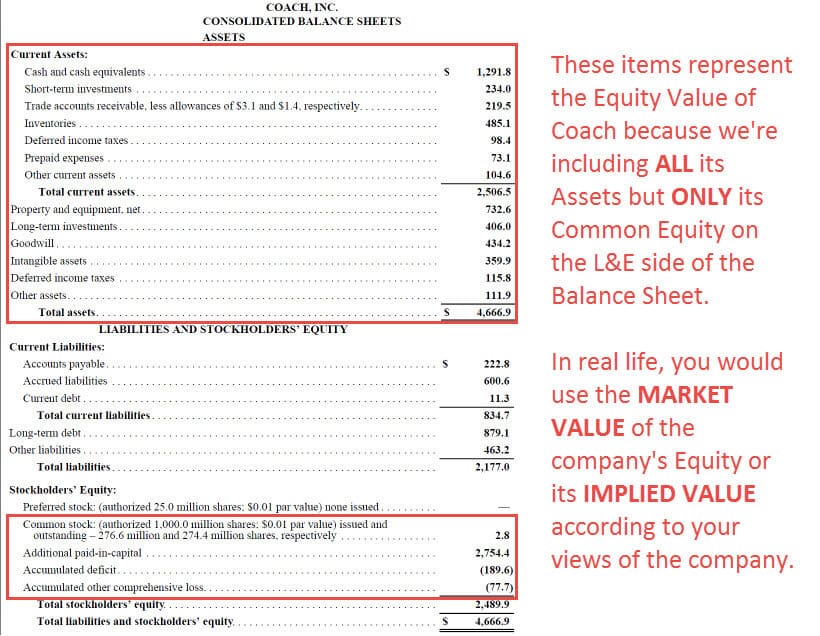
:max_bytes(150000):strip_icc()/ScreenShot2021-05-03at11.03.30AM-985f846f70e347c69f0f288359e7beed.png)
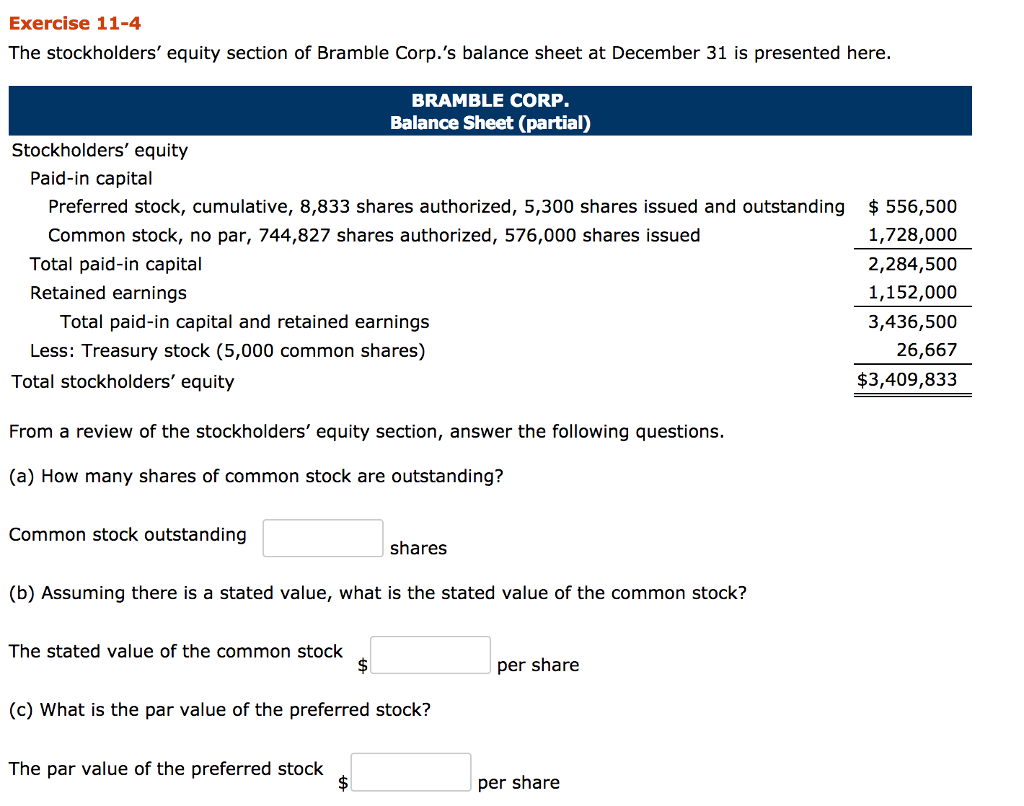
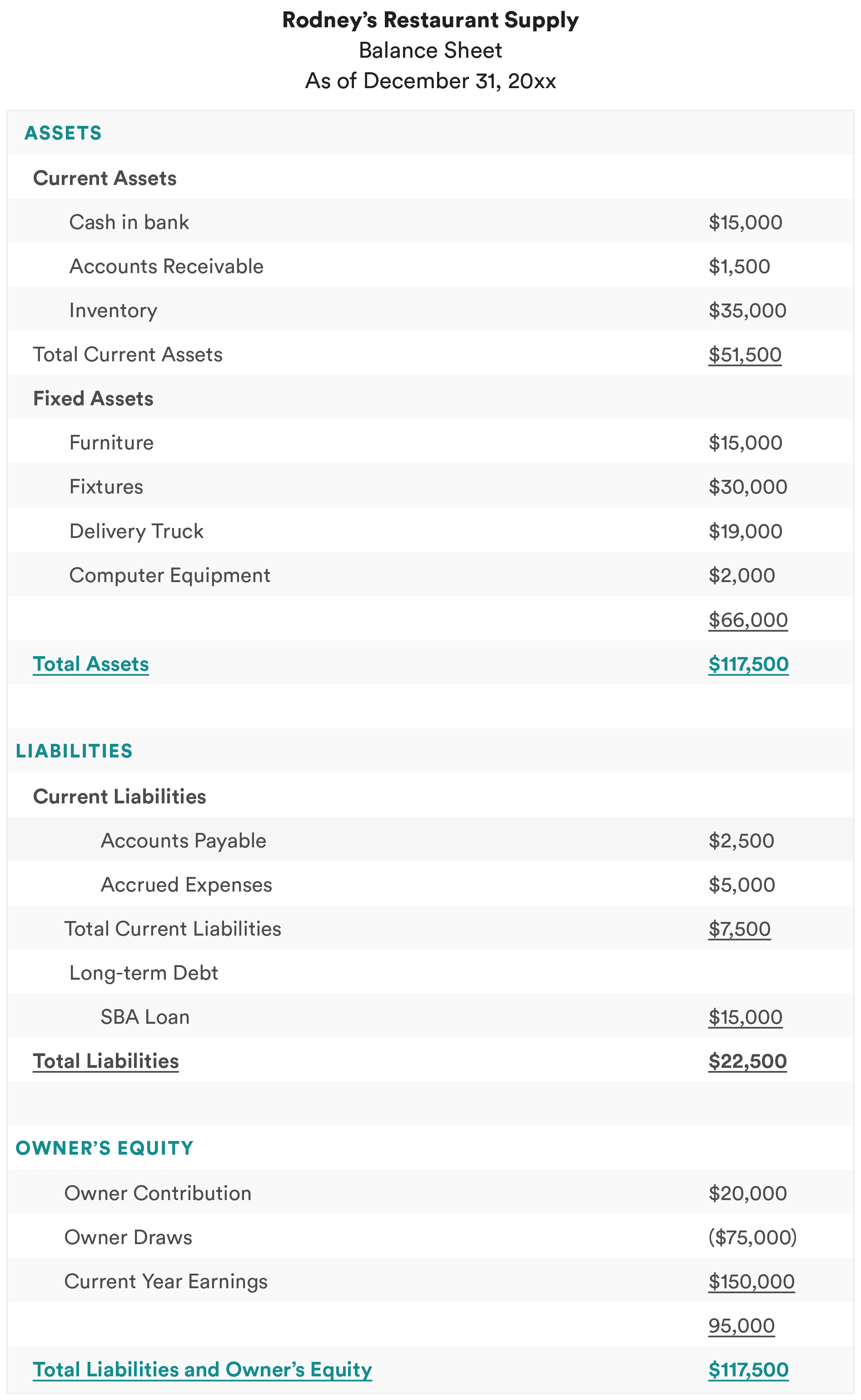
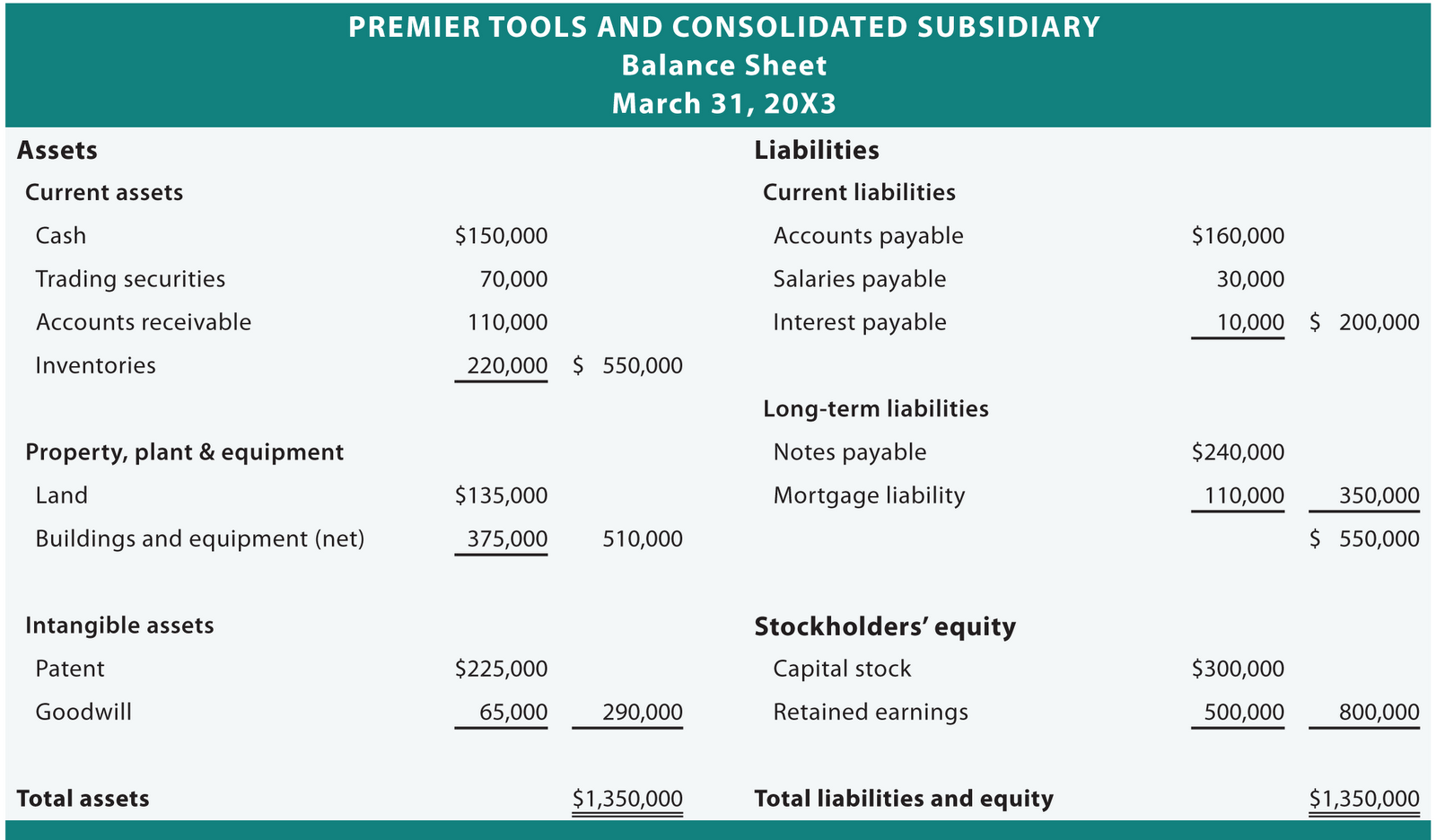
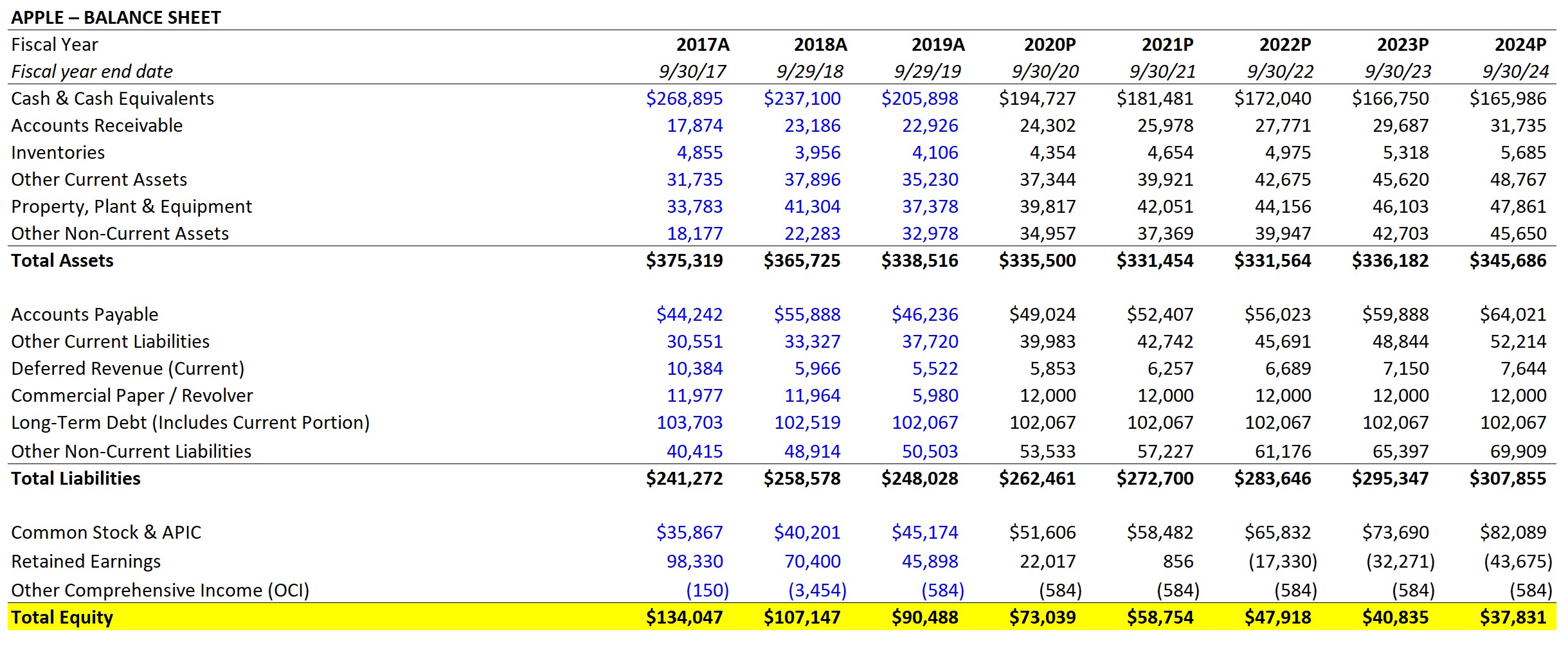
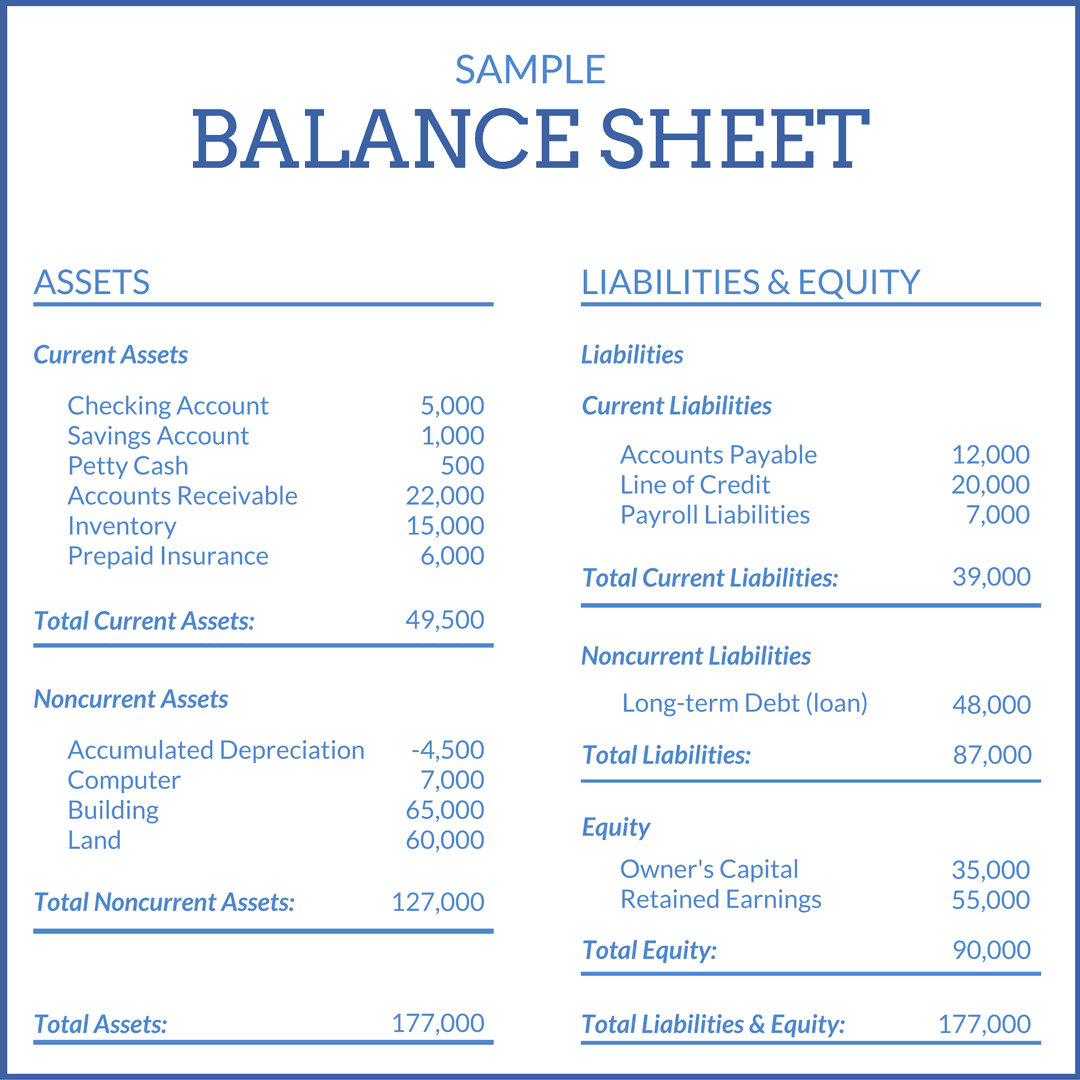

:max_bytes(150000):strip_icc()/phpdQXsCD-3c3af916d04a4afaade345b53094231c.png)

